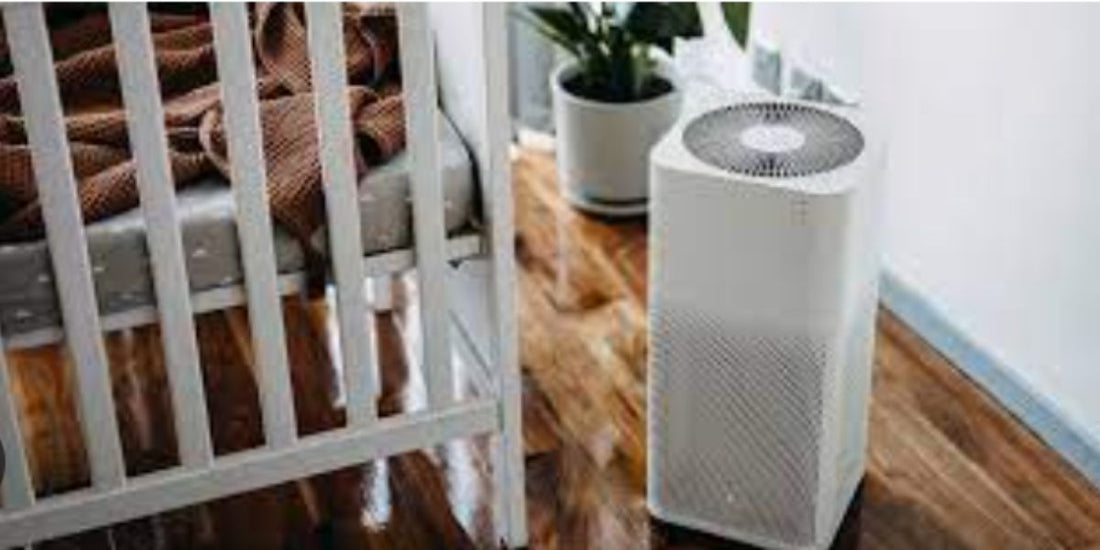Air pollution has become a significant concern in recent times, with dust and pollen being some of the most common airborne contaminants that can negatively impact our health and well-being. For individuals who suffer from allergies or respiratory conditions, exposure to these airborne particles can be particularly troublesome. In response to this growing issue, air purifiers have gained popularity as a potential solution to improve indoor air quality and reduce the presence of dust and pollen. In this article, we will delve into the mechanics of air purifiers, their effectiveness in eliminating dust and pollen, and how they can contribute to a healthier living environment.
Understanding Air Purifiers
Air purifiers, also known as air cleaners, are devices designed to remove various pollutants and contaminants from the air within an enclosed space. These appliances come equipped with a series of filters that capture particles as air passes through them. The most common types of filters used in air purifiers include High-Efficiency Particulate Air (HEPA) filters, activated carbon filters, and electrostatic filters.
How Do Air Purifiers Work?
Air purifiers operate on the principle of filtration. When air is drawn into the device, it passes through the filters, which trap and retain airborne particles such as dust, pollen, pet dander, smoke, and mold spores. The HEPA filter, in particular, is highly effective in capturing particles as small as 0.3 microns in size, making it an ideal choice for allergen removal. Activated carbon filters excel at adsorbing odors, volatile organic compounds (VOCs), and certain gases, enhancing the overall air purification process.
Can Air Purifiers Eliminate Dust?
Yes, air purifiers can effectively eliminate dust from the air. Dust particles are a common household nuisance, originating from sources such as pet dander, dead skin cells, textiles, and outdoor contaminants brought inside. As air purifiers continuously circulate the indoor air, they capture and retain these dust particles within their filters, effectively reducing their concentration and providing relief to individuals with dust-related allergies or respiratory issues.
Can Air Purifiers Eliminate Pollen?
Air purifiers can help reduce the amount of pollen in the air, but complete elimination is challenging. Pollen grains are relatively larger than some other airborne particles, and while HEPA filters can capture many pollen particles, some may still remain in the air. However, for people with pollen allergies, using an air purifier can still be beneficial as it significantly reduces the overall pollen count indoors, providing a safer and more comfortable living environment.
Factors Affecting Air Purifier Performance
Several factors influence the performance of air purifiers in eliminating dust and pollen:
1. Filtration Technology
The type and quality of filters used in an air purifier play a crucial role in its efficiency. HEPA filters are considered the gold standard for particle removal, while additional filtration technologies, such as activated carbon and electrostatic filters, can enhance the device's capabilities.
2. Air Purifier Size and Coverage Area
The size of the air purifier and its coverage area determine its capacity to clean the air effectively. Larger air purifiers with higher Clean Air Delivery Rate (CADR) ratings can handle larger rooms more efficiently.
3. Pollutant Concentration
The concentration of dust and pollen in the indoor air affects the time it takes for an air purifier to achieve noticeable results. In high-pollution environments, it may take longer to experience significant improvements.
4. Room Ventilation
Proper room ventilation ensures that the air purifier can circulate air effectively, facilitating the filtration process and maintaining consistent indoor air quality.
5. Maintenance and Filter Replacement
Regular maintenance, such as cleaning the filters and timely replacement, is essential for optimal air purifier performance. Clogged filters can hinder airflow and reduce filtration efficiency.
Conclusion
In conclusion, air purifiers can indeed help eliminate dust and pollen from indoor air, promoting a healthier living environment for individuals with allergies or respiratory conditions. These devices operate through effective filtration mechanisms, capturing airborne particles and improving overall air quality. However, it is essential to consider factors such as filtration technology, air purifier size, pollutant concentration, room ventilation, and proper maintenance to ensure the device's maximum effectiveness. By understanding how air purifiers work and their limitations, individuals can make informed decisions to address air quality concerns and improve their well-being.

